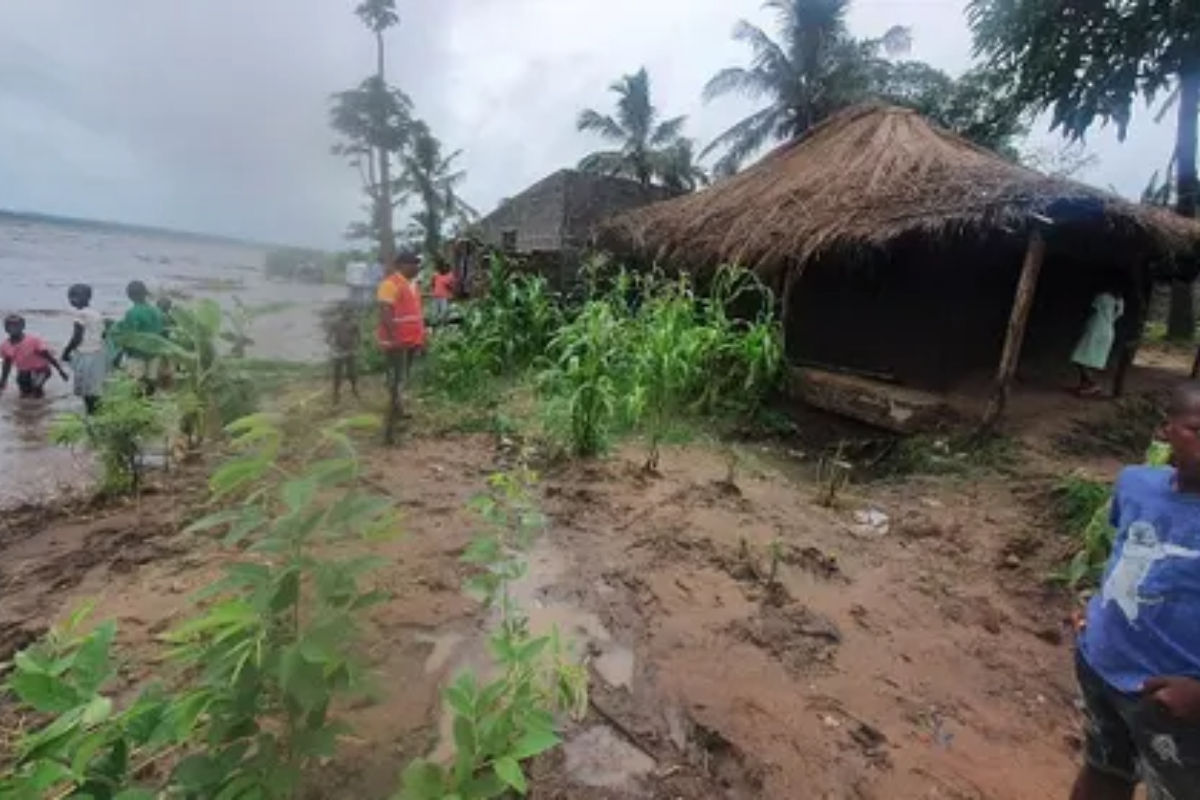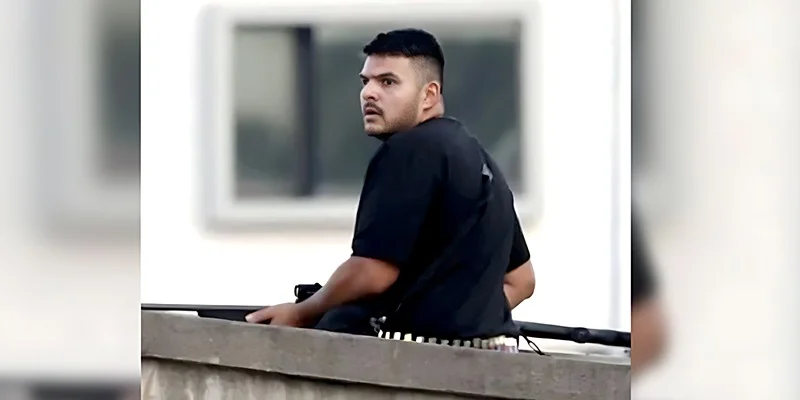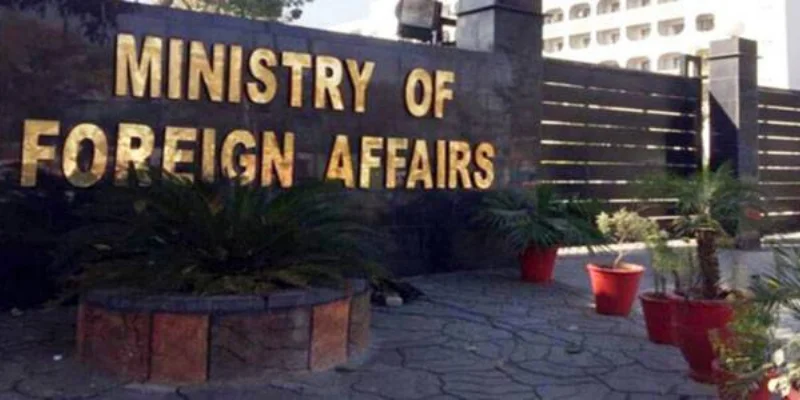- Cyclone Freddy caused four deaths due to negligence.
- With wind gusts reaching 130 km/h (81mph).
- Cyclone Freddy is expected to leave Madagascar.
At least four people have perished as a result of a tropical cyclone that tore homes’ roofs off and unleashed a storm surge along Madagascar’s east coast.
On Tuesday, Cyclone Freddy made ashore, weeks after another tropical cyclone left thousands without shelter and claimed the lives of 33 people.
In ten regions, schools have been closed and traffic has been suspended.
Freddie previously flooded hotels along the beach in Mauritius, causing minor damage.
The deaths were caused by “negligence,” according to the president of Madagascar’s National Office of Risk and Disaster Management, who spoke to the media.
“Despite the awareness that we spread. People still dare to ignore the instructions and the warnings,” said Elack Olivier Andrikaja, adding that three of the deaths happened when a home collapsed.
Cyclones can be very dangerous for the island nation of Madagascar in the Indian Ocean.
The United Nations Office for the Coordination of Humanitarian Affairs estimates that it experiences 1.5 cyclones annually, the highest rate in Africa.
Once the cyclone touched down in Madagascar, it began to diminish significantly, with wind gusts reaching 130 km/h (81mph). The nation’s meteorological agency issued a warning that torrential downpours would continue to follow it.
“The sea remains very rough… and a significant risk of coastal flooding will continue overnight,” it said.
Before the storm hit shore, a 27-year-old male drowned close to the port of Mahanoro, according to officials.
7,000 people were reportedly evacuated ahead of time from the coastal area immediately in Freddy’s route, according to officials, while the International Federation of Red Cross issued warnings that waves might rise to over 8 meters (26 feet).
Sandbags were used by some homeowners as a preventative measure to weigh down their roofs, yet the storm nevertheless tore homes’ roofs off.
“All the doors and windows started shaking,” said Tahina, a resident of Mananjary, a coastal town of around 25,000 people 30km from where the cyclone first made landfall.
She had fled her home with her parents and three children to shelter in her husband’s office.
“Next to us, at least five houses have lost their roofs,” Tahina told AFP news agency.
Pascal Salle sobbed as he surveyed the damage caused by Freddy – which had ripped a window off of his home and turned his garden into a “sandy field”.
“It’s a repeat performance. I can’t take this every year, it’s not possible. Batsirai and Emnati in 2022, Freddy in 2023… Who’s to say that in 15 days another one won’t fall on us?” he said.
At least 33 people were killed and tens of thousands of people were displaced from their homes when the severe storm Cheneso struck north-eastern Madagascar last month. It brought strong winds and precipitation that caused massive flooding.
The damage brought on by Cyclone Batsirai, which killed more than 130 people across Madagascar last year, is still being repaired in Mananjary.
According to UN officials, Cyclone Freddy is expected to leave Madagascar and travel across the ocean to land in Mozambique before perhaps moving farther interior to strike Zimbabwe.
More than two million people, according to the organisation, could be impacted.
[embedpost slug=”two-million-malagasy-people-in-the-path-of-cyclone-freddy/”]













